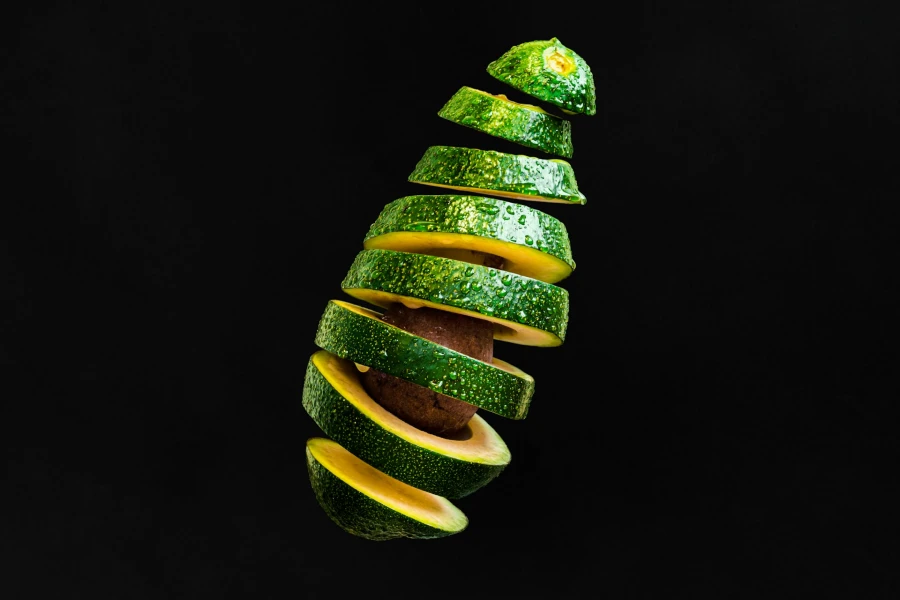Estudo desenvolve embalagem ecológica para alimentos usando resíduos de abacateiro

Um recente estudo has successfully created a prototype for a more durable and biodegradable food packaging material by incorporating cellulose fibers derived from avocado tree branches and leaves. This innovation aims to address the significant environmental challenges posed by traditional plastic packaging, which has limited recyclability and a short lifespan.
Plastic is widely used for its ability to package food safely and hygienically, but its environmental impact has led to ongoing efforts by industry and scientists to find more sustainable alternatives. The study, conducted by the University of Cordoba with contributions from the University of Girona, leverages waste materials from avocado tree pruning, a previously underutilized resource. Spain, particularly the Axarquia region of Málaga, is Europe’s leading avocado producer, making this region an ideal source for the raw materials used in the study.
The researchers employed a semi-chemical and mechanical process that involved mixing the avocado leaves and branches with soda, refining, and defibrating them. This process isolated the cellulose fibers from the woody residue, which were then used as reinforcing material to partially replace bioplastic in food packaging. Lead researcher Ramón Morcillo, from the University of Cordoba’s ‘Bioproducts and Process Engineering’ group, explained that a compatibilizing agent was used to integrate the cellulose fibers, thereby reducing the use of biopolyethylene, a common bioplastic in the packaging industry that, despite being plant-based, is not biodegradable.
Não perca essa chance! Assine nosso boletim informativo para receber o conteúdo mais recente diretamente em sua caixa de entrada ou registro GRATUITAMENTE para obter acesso total.
The new material not only offers improved sustainability but also enhanced durability, thanks to the strong mechanical properties of the natural fibers from avocado pruning residues. The study found that the new packaging material could achieve up to a 49% increase in tensile strength with varying fiber ratios.
Looking ahead, the research team plans to investigate other properties of the new compound that could be beneficial to the food packaging industry, such as antimicrobial or antioxidant capabilities. These properties could lead to new, more sustainable methods of food preservation tailored to different products.
This development comes at a crucial time as the European Parliament recently approved measures to reduce and recycle packaging, including a ban on certain single-use plastic packaging by 2030. The packaging industry faces the challenge of conducting market studies to assess the profitability and scalability of these scientifically viable sustainable alternatives. According to Morcillo, this is a complex and effort-intensive process, but it is essential for bringing new materials to market and reducing society’s dependence on fossil fuels.
(imagem: Olga Zhushman / Unsplash)


Respostas